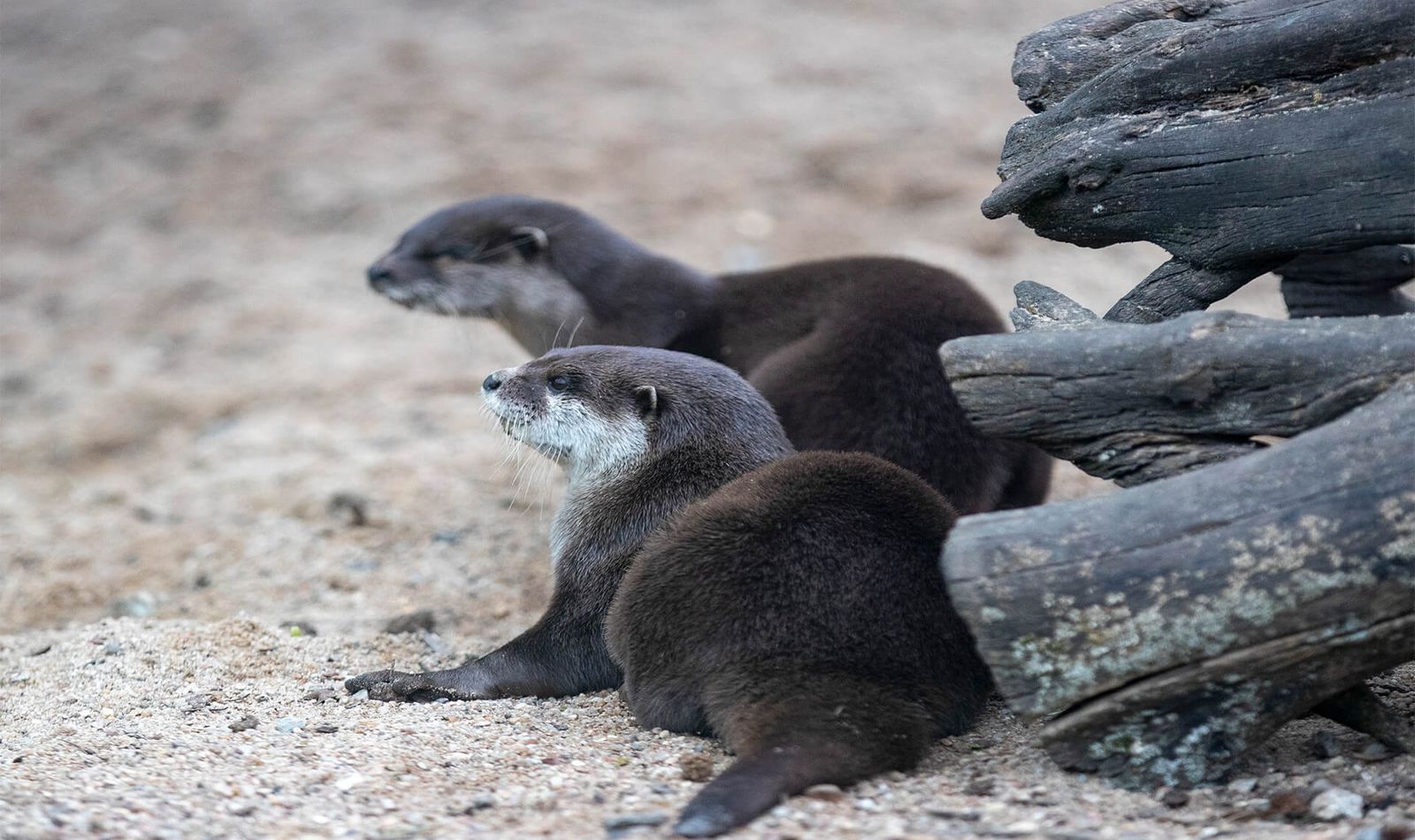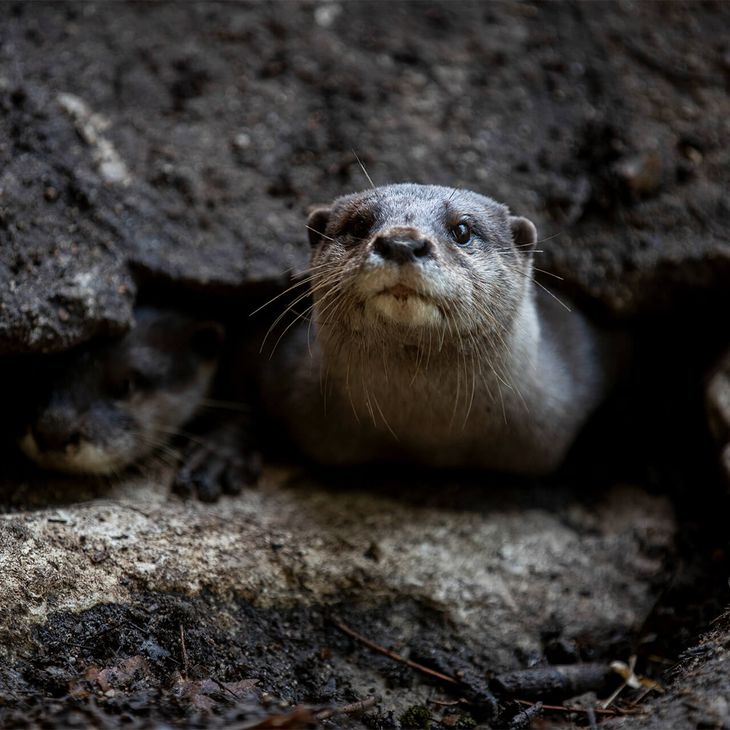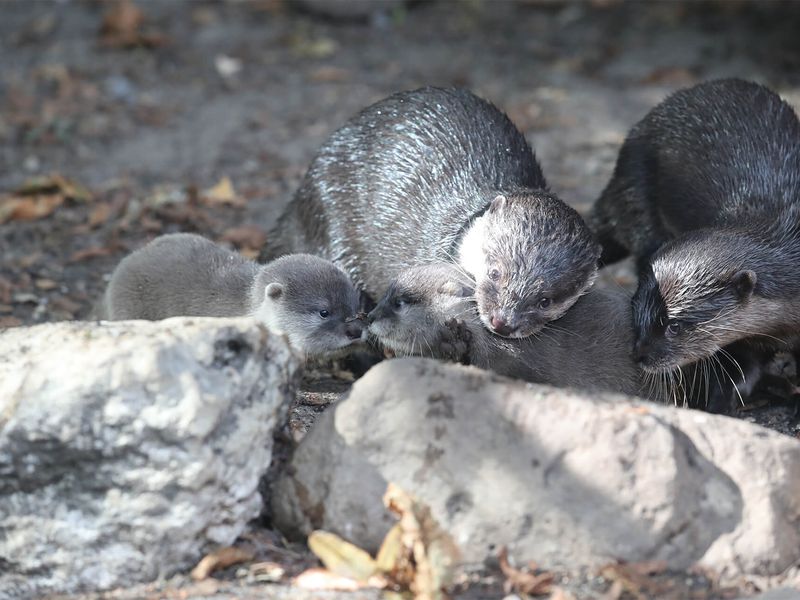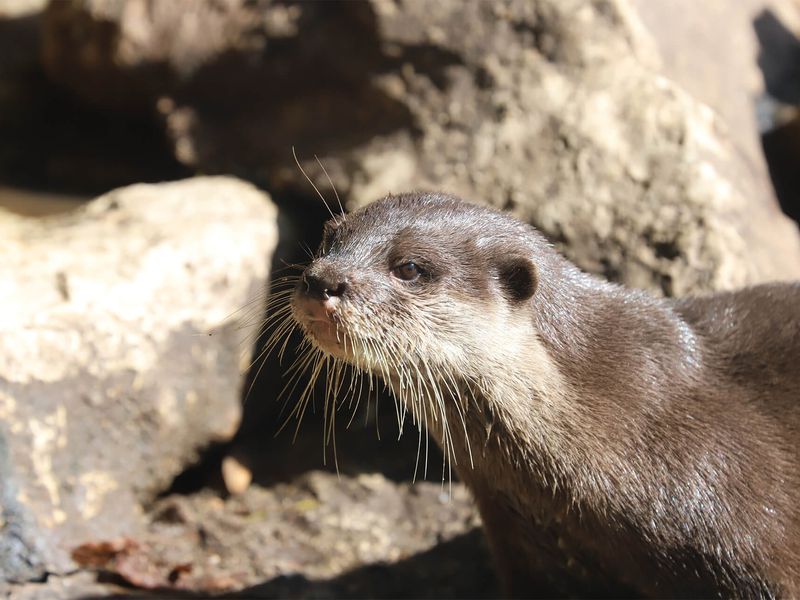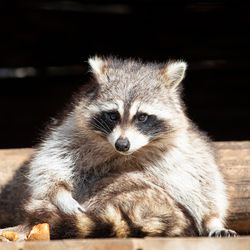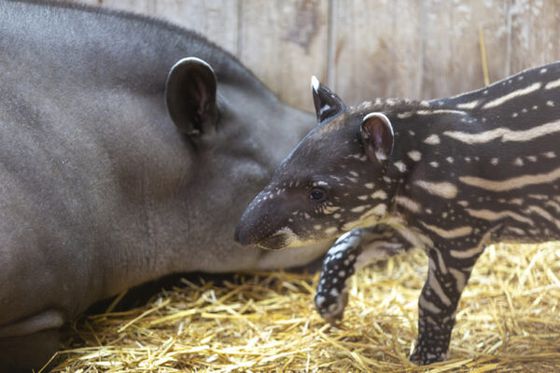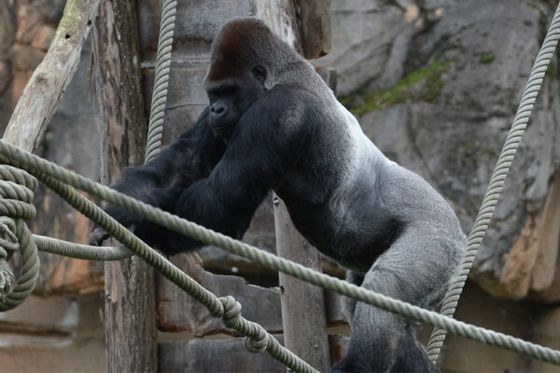« The Asian otter is a formidable freshwater predator and a skilful hunter! »
The least aquatic of the otters
Small and agile!
The Asian small-clawed otter is also called the dwarf otter in French because it is the smallest otter species. It lives mainly in coastal areas or in the shallows of rivers from southern India and China to Malaysia and Indonesia. It can be found in swamp forests, rice fields, lakes, or streams. Its feet are only partially webbed, providing it with better dexterity than its cousins, especially on land. In the water, the Asian small-clawed otter propels and steers itself with its long tail, which functions like a precision rudder.

The Beauval Nature association
For the past 10 years, the Beauval Nature association has joined forces with field workers to support them in their primary mission of species conservation. Beauval works closely with numerous conservation and research programmes around the world to study and protect endangered species. This everyday action takes place in order to protect our biodiversity.
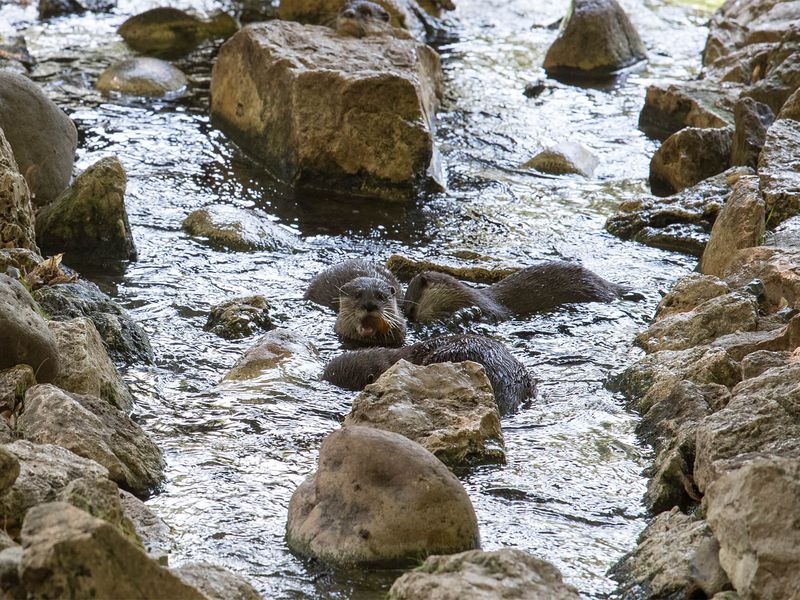
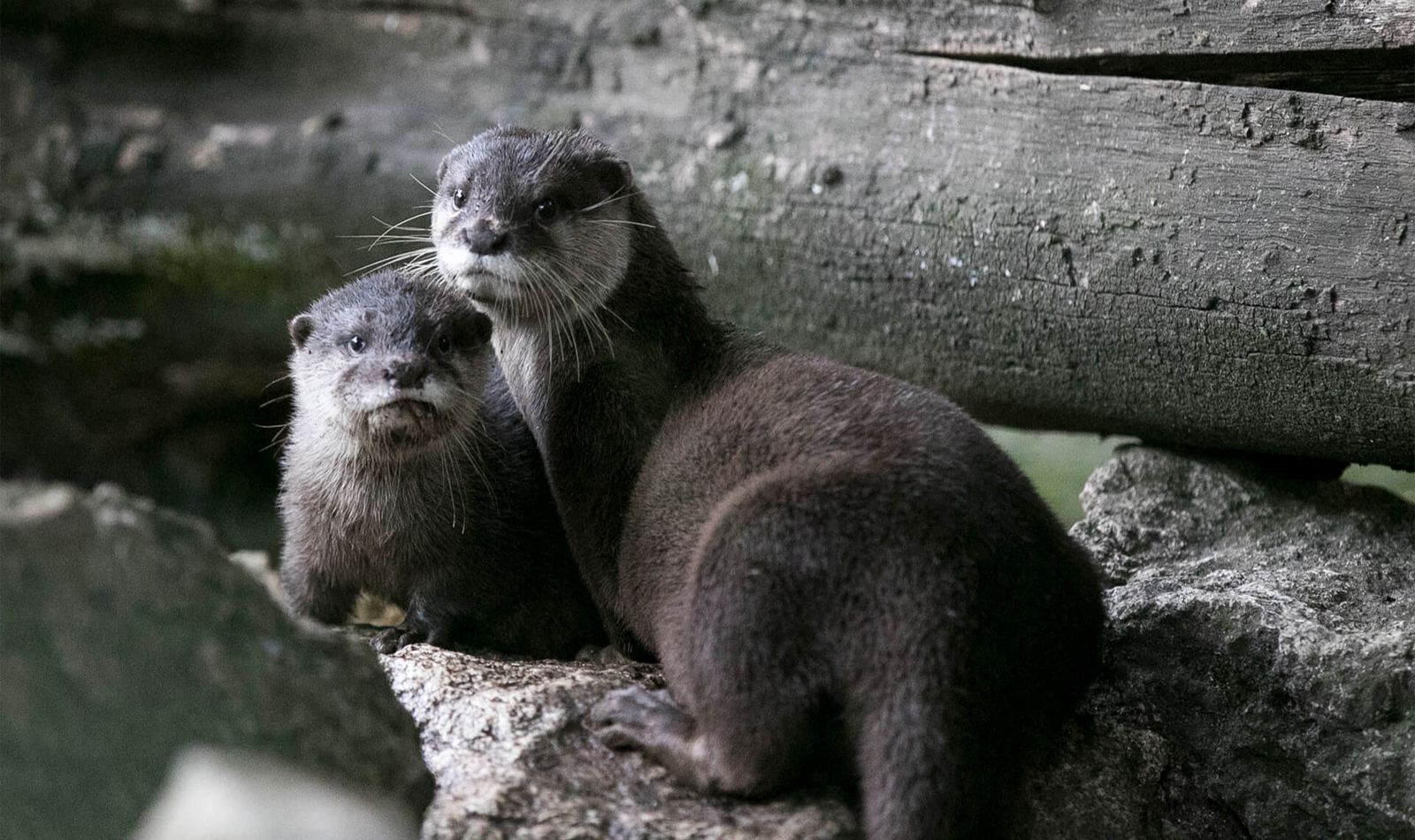

Sponsor our Asian small-clawed otters
Establish a strong bond with your favourite animal whilst supporting conservation programmes through the Beauval Nature association!
Vulnerable
Learn more about the species
-
CarnivoreDiet
-
2 monthsGestation period
-
1 to 6 youngLitter size
-
FreshwatersHabitat
Communication is central to the group
A close-knit otter family!
What does an otter eat?

Take full advantage of the experience thanks to our mobile application!
Find out more
